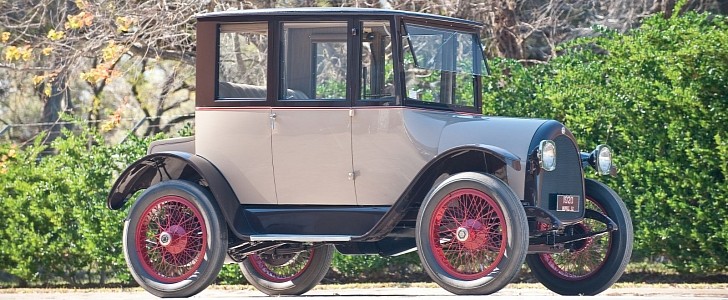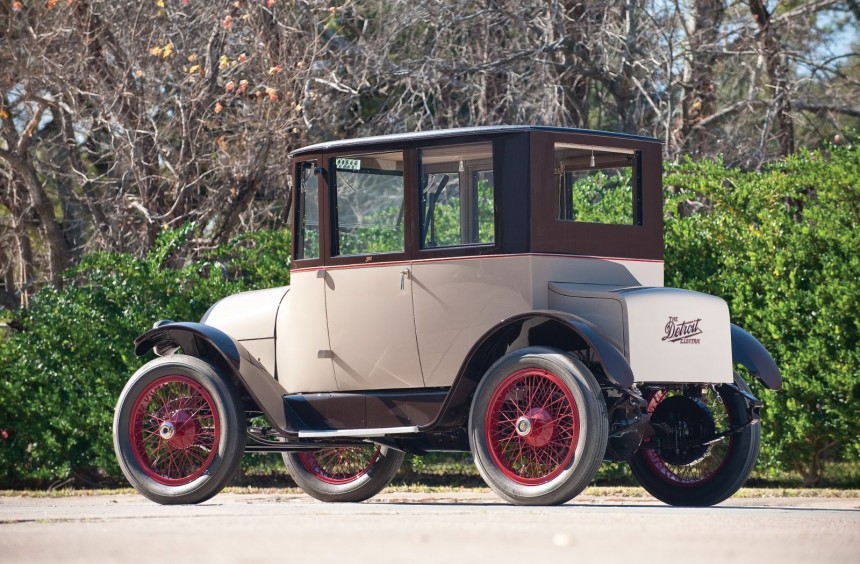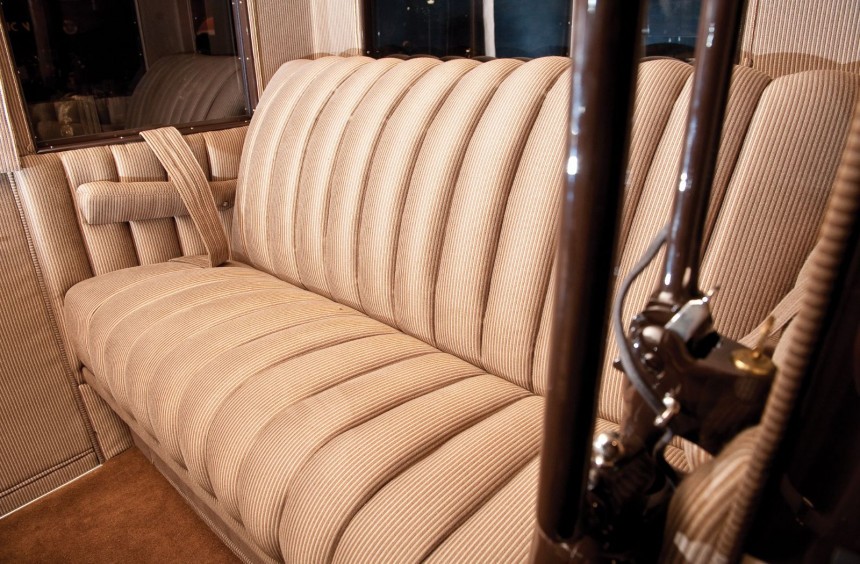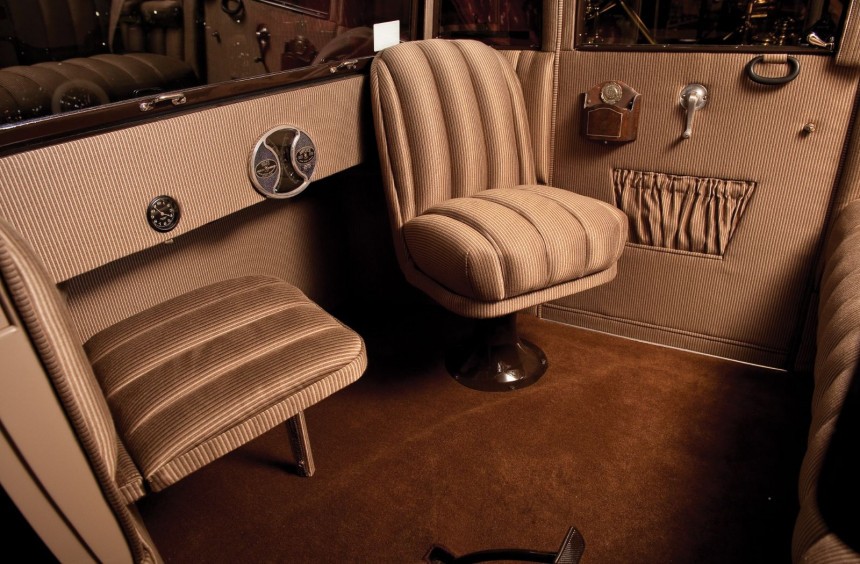Today, a surprising number of people think that electric vehicles are a 21st-century innovation pioneered by the likes of Elon Musk’s Tesla. This couldn’t be farther from the truth since these types of cars were successfully moving folks around more than a century ago.
Back in the 1800s, when inventors decided to ditch horses and built motorized carts, they started by experimenting with steam, gas, and also electric propulsion. At the dawn of the 20th century, EVs were nearly as widespread as what we now perceive as conventional cars.
In big cities like New York, there were charging stations every 10 blocks and many personal vehicles, trucks, or taxis employed electric motors rather than internal combustion engines. Although they were more expensive, people preferred them because they were far less noisy, easier to maintain, and last but not least, they didn’t require hand cranking to start.
The most successful EV manufacturer from this long-forgotten era was Detroit Electric, a Michigan-based brand that stemmed from the Anderson Carriage Company. In 1907, it introduced its first production EV and for the next three decades, it would go on to build around 13,000 more.
One of them was the Model 82 Brougham that we’ll get to know today. Initially released in 1920, it was the latest, most modern, and refined automobile that the company had ever produced.
In terms of design, it looked just like any other car that roamed the roads back then. It was built to feature a faux radiator as well as a frontal engine compartment that housed seven out of the fourteen 6-volt batteries that fed electrons to the mid-mounted, 4.5-hp brushed DC motor.
The other batteries were fitted inside the rear trunk section, which evenly distributed the weight on both axles yet limited the cargo space. But who needs cargo space in a 1920s EV? The notion of long-distance travel by car was nonexistent back then because the roads were awful, and the cars were extremely slow. The top speed of this particular model stood at 30 mph (48.2 kph) but maintaining it would have drained the batteries a lot faster. In addition, the precarious solid front axle and rear semi-elliptical suspension made for a shaky ride on backcountry roads, so the car was limited to city use.
On a full charge, the Model 82 could cover around 80 miles (128.7 km), but this was not the pinnacle of driving range for EVs during the 1920s. On previous models, the company offered an optional Edison nickel-iron battery pack that doubled the range. These were no longer sold by Detroit Electric in 1921 but were still available from third-party retailers.
Maybe the most intriguing feature of this century-old vehicle was the lack of a steering wheel. No, it wasn’t autonomous but used a steering lever. When pushed away from the driver, the car turned left, while pulling the lever toward the driver would allow the car to turn right. Another short lever was used to control the power of the motor. It functioned as an automatic transmission and featured five forward levels (gears) and one for reverse. The car also featured three pedals, that combined driving brake and parking brake functions.
The bodies were built by H&M Body Corporation of Racine, Wisconsin and each cabin could accommodate up to five people. The driver sat on the left side of the rear bench, while two passengers could use the unconventionally positioned (by today’s standards) front seats.
Previous Detroit Electric models were very successful, with Detroit Electric selling around 1000 to 2000 cars per year in the 1910s. However, the company only managed to sell between 90 and 100 Model 82 units.
By the time it was released, ICE-powered cars such as Ford’s Model T were increasingly cheaper. To put it into perspective, the latter could be had for around $300 ($4,712 today), while the Detroit Electric EV was priced at $2,100 ($32,984).
Few of these fascinating vehicles have survived to this day. One of them is the example featured in this article, which was auctioned off through RM Sotheby’s in 2016, fetching $66.000. Originally delivered to a prominent Canadian automotive family, it’s one of the only surviving Model 82s that comes with a full ownership history. It underwent a comprehensive, concours-quality, nut-and-bolt restoration, so it now looks and runs as it did a century ago.
While EVs have made a comeback in recent years thanks to the technological advancements of the 21st century, they all trace their roots back to amazing feats of engineering such as the Detroit Electric Model 82.
In big cities like New York, there were charging stations every 10 blocks and many personal vehicles, trucks, or taxis employed electric motors rather than internal combustion engines. Although they were more expensive, people preferred them because they were far less noisy, easier to maintain, and last but not least, they didn’t require hand cranking to start.
The most successful EV manufacturer from this long-forgotten era was Detroit Electric, a Michigan-based brand that stemmed from the Anderson Carriage Company. In 1907, it introduced its first production EV and for the next three decades, it would go on to build around 13,000 more.
In terms of design, it looked just like any other car that roamed the roads back then. It was built to feature a faux radiator as well as a frontal engine compartment that housed seven out of the fourteen 6-volt batteries that fed electrons to the mid-mounted, 4.5-hp brushed DC motor.
The other batteries were fitted inside the rear trunk section, which evenly distributed the weight on both axles yet limited the cargo space. But who needs cargo space in a 1920s EV? The notion of long-distance travel by car was nonexistent back then because the roads were awful, and the cars were extremely slow. The top speed of this particular model stood at 30 mph (48.2 kph) but maintaining it would have drained the batteries a lot faster. In addition, the precarious solid front axle and rear semi-elliptical suspension made for a shaky ride on backcountry roads, so the car was limited to city use.
Maybe the most intriguing feature of this century-old vehicle was the lack of a steering wheel. No, it wasn’t autonomous but used a steering lever. When pushed away from the driver, the car turned left, while pulling the lever toward the driver would allow the car to turn right. Another short lever was used to control the power of the motor. It functioned as an automatic transmission and featured five forward levels (gears) and one for reverse. The car also featured three pedals, that combined driving brake and parking brake functions.
The bodies were built by H&M Body Corporation of Racine, Wisconsin and each cabin could accommodate up to five people. The driver sat on the left side of the rear bench, while two passengers could use the unconventionally positioned (by today’s standards) front seats.
By the time it was released, ICE-powered cars such as Ford’s Model T were increasingly cheaper. To put it into perspective, the latter could be had for around $300 ($4,712 today), while the Detroit Electric EV was priced at $2,100 ($32,984).
Few of these fascinating vehicles have survived to this day. One of them is the example featured in this article, which was auctioned off through RM Sotheby’s in 2016, fetching $66.000. Originally delivered to a prominent Canadian automotive family, it’s one of the only surviving Model 82s that comes with a full ownership history. It underwent a comprehensive, concours-quality, nut-and-bolt restoration, so it now looks and runs as it did a century ago.
While EVs have made a comeback in recent years thanks to the technological advancements of the 21st century, they all trace their roots back to amazing feats of engineering such as the Detroit Electric Model 82.













